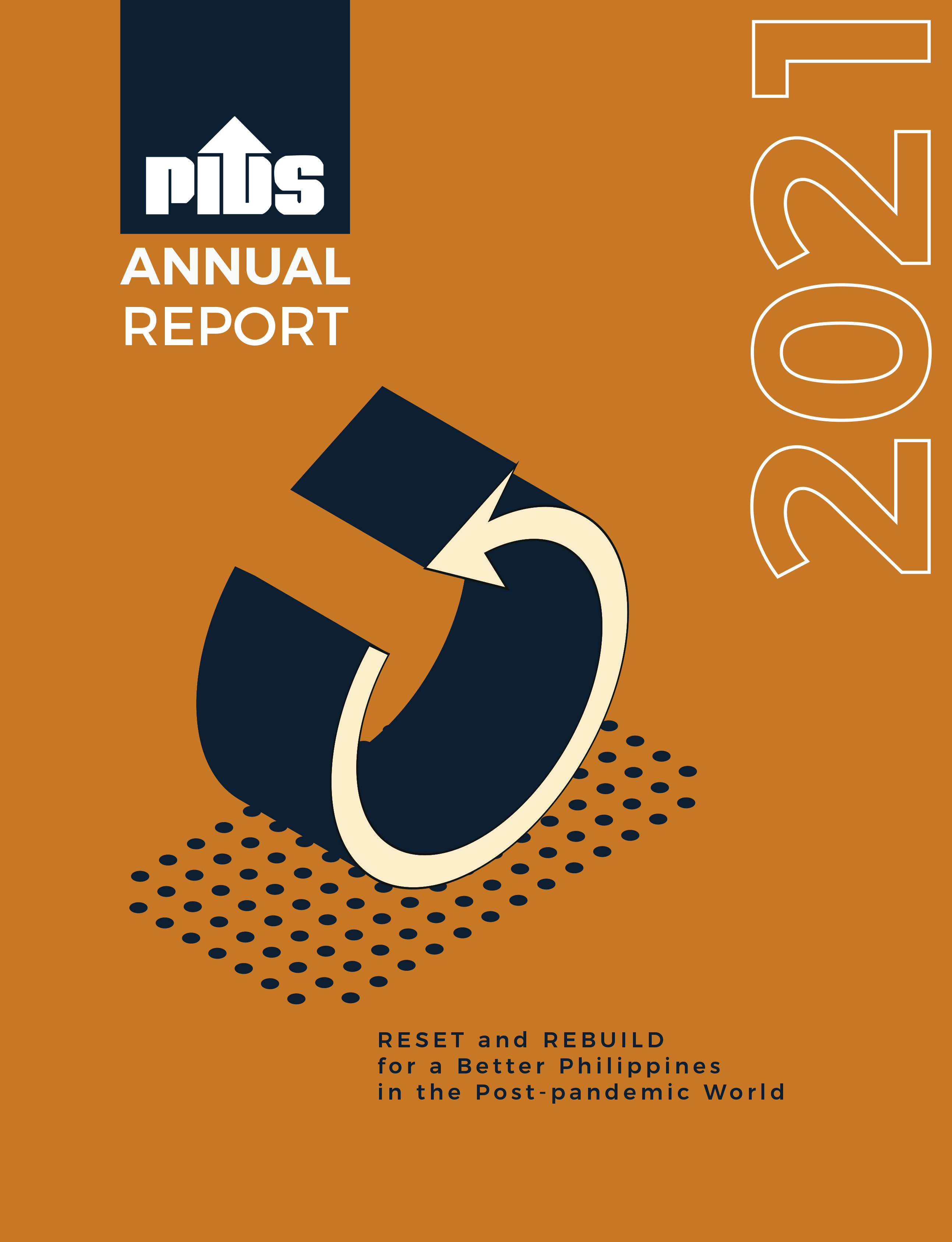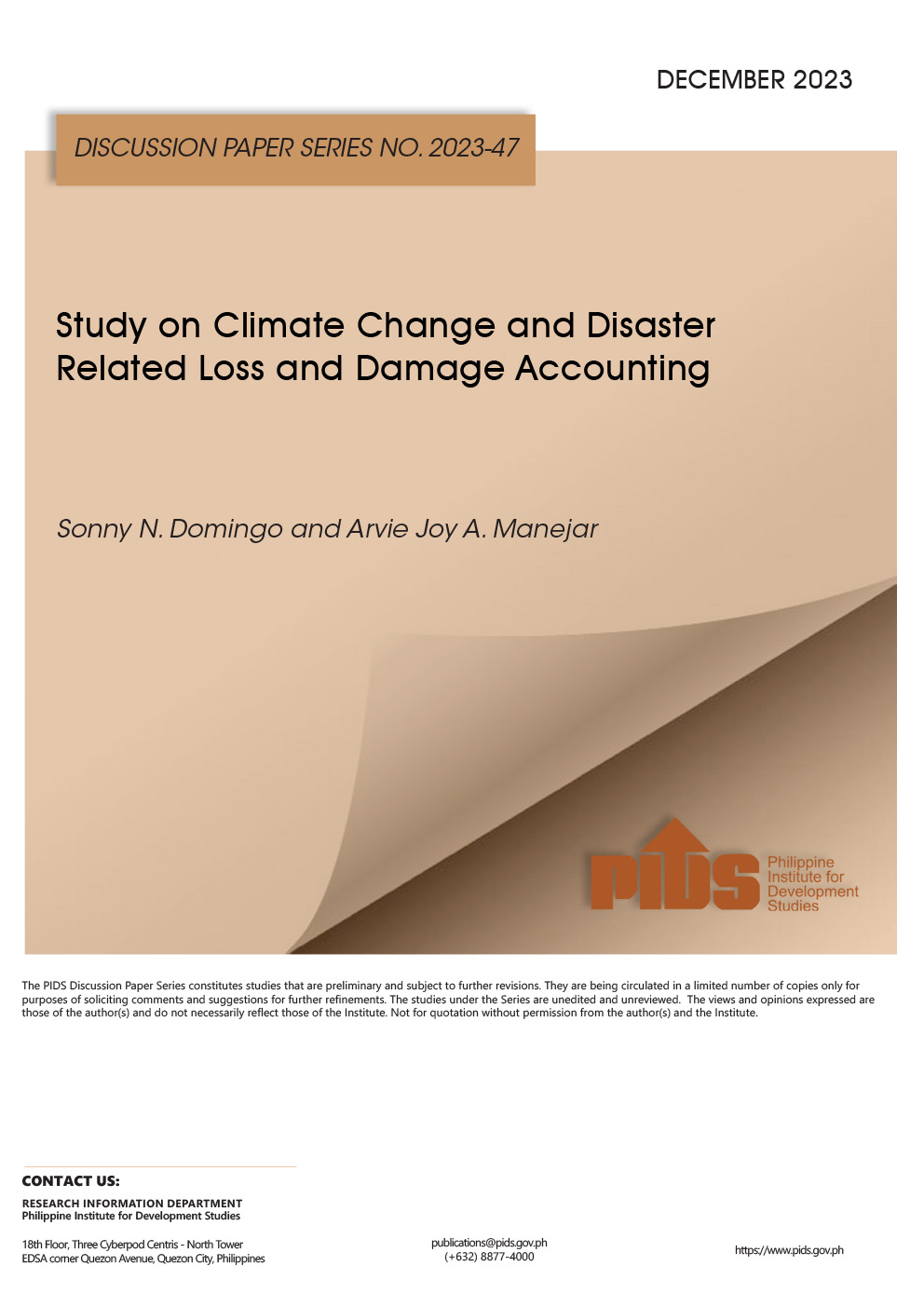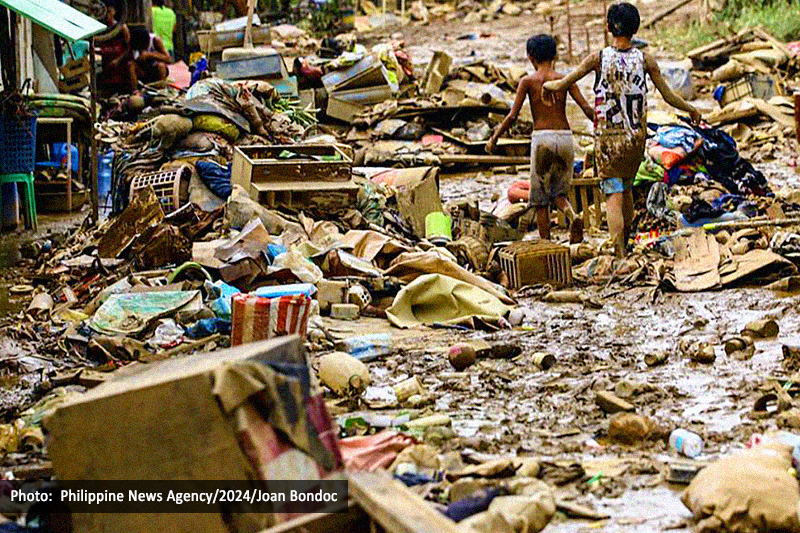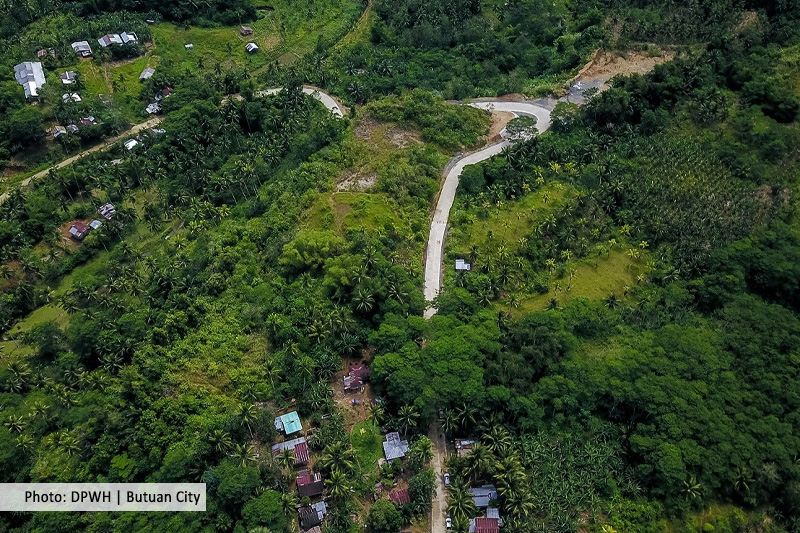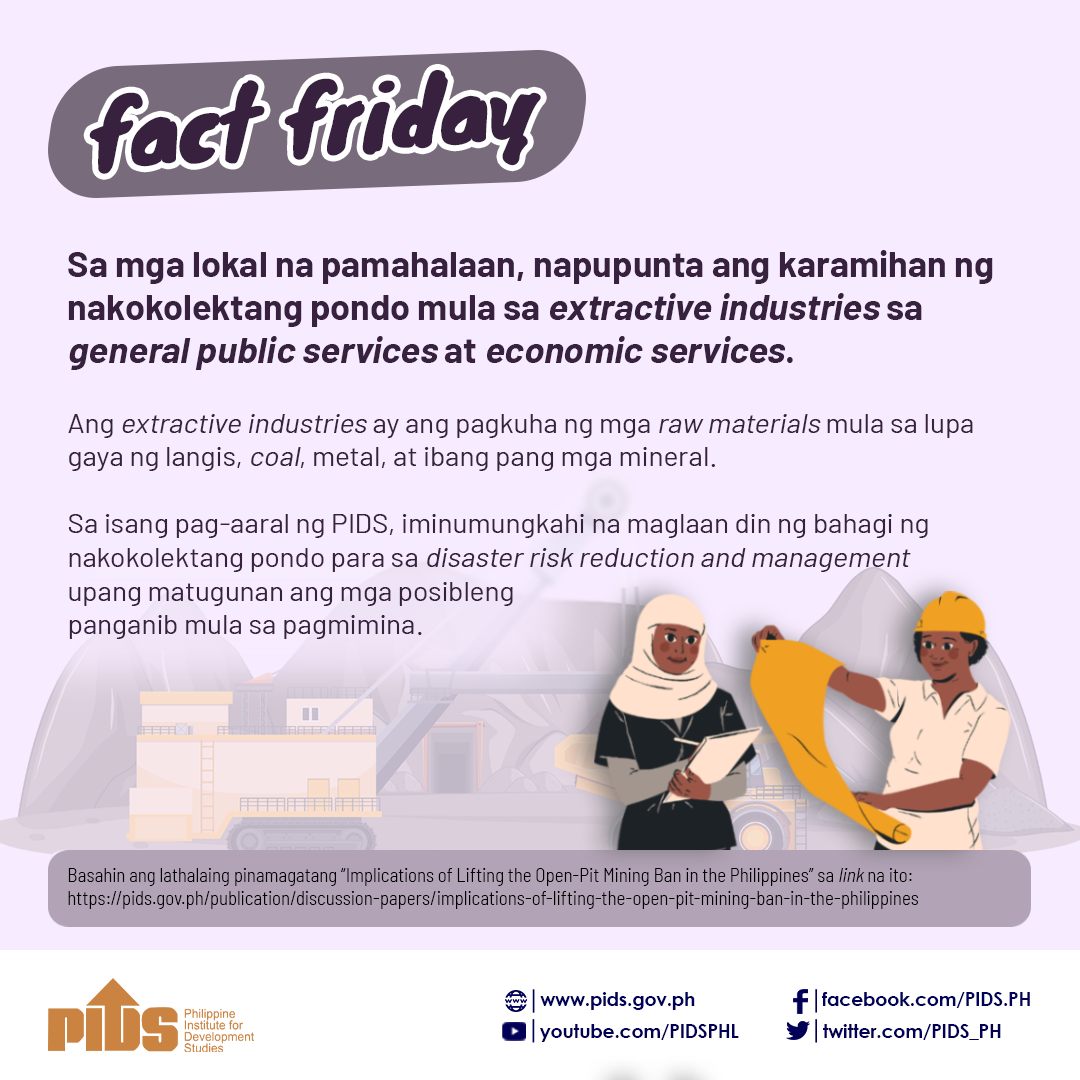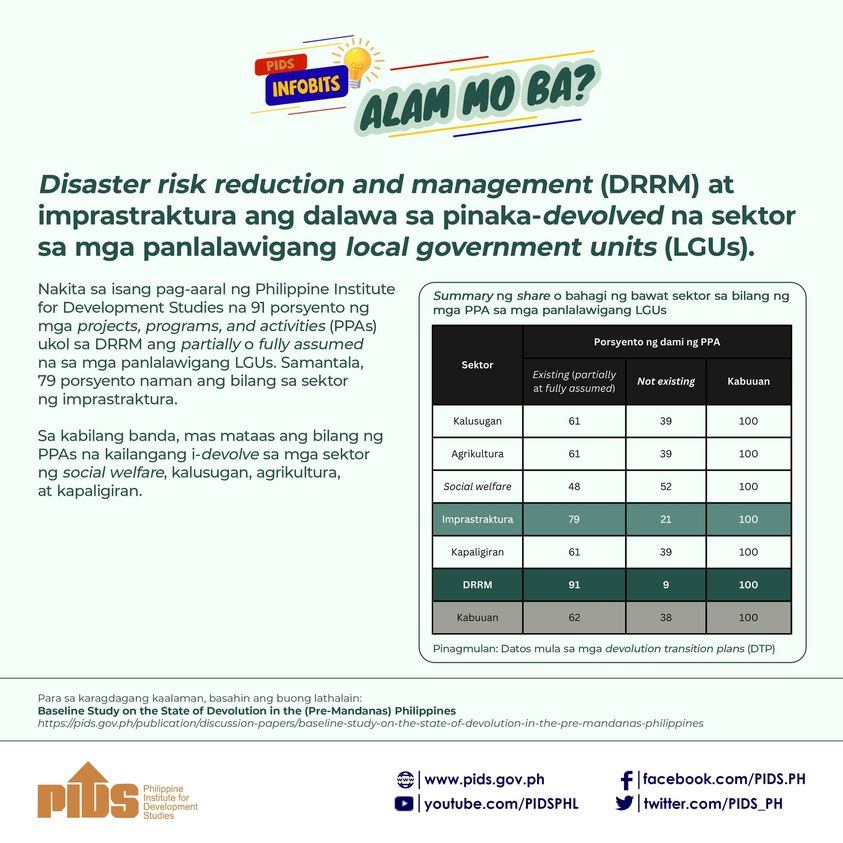THE World Bank issued two tranches of catastrophe-linked bonds (CAT bonds) to raise
$225 million to cover for the Philippines’s losses in recent earthquakes and tropical cyclones.
The Washington-based lender issued a CAT bond worth $150 million to cover losses for tropical cyclones experienced by the country in the past three years and another $75 million worth of bonds to cover earthquake-related losses.
“Through the intermediation of the World Bank, these CAT bonds allow the Philippines to transfer natural disaster risks to the capital markets while enabling the authorities to respond quickly to the needs of citizens when calamities strike,” Mara K. Warwick, said World Bank country director for Brunei Darussalam , Malaysia, the Philippines and Thailand.
The bonds, World Bank said, were issued under IBRD’s “capital at risk” notes program, which can be used to transfer risks related to natural disasters to capital markets.
Payouts are triggered when an earthquake or tropical cyclone meets the predefined criteria under the bond terms.
GC Securities, a division of MMC Securities Llc., and Swiss Re were joint structuring agents, joint bookrunners and joint managers.
Munich Re was also a joint structuring agent, placement agent and joint manager. AIR Worldwide is the risk modeler and calculation agent.
“This instrument addresses the financing gap for immediate post-disaster needs for extremely high-risk events. It complements the government’s existing disaster-risk financing mechanisms designed to ensure comprehensive financial protection for the Philippines,” Rosalia V. de Leon, national treasurer of the Philippines, said in a statement.
High-risk
The Philippines is highly prone to natural disasters, such as earthquakes, volcanic eruptions, tropical cyclones and floods.
The World Risk Report 2018 ranked the country third in the list of top 15 countries with the highest exposure to risks.
In 2013, Supertyphoon Yolanda (also known as Typhoon Haiyan)—known as the strongest cyclone to hit land—resulted in the loss of 6,300 lives and caused an estimated $12.9 billion in damages, or about 4.7 percent of the country’s GDP.
“Many countries in Asia are highly vulnerable to natural disasters, which makes finding innovative, capital markets solutions a major priority to address the impact on their economies,” said Jingdong Hua, World Bank vice president and treasurer.
Based on the Philippine Institute for Development Studies (PIDS), the country experienced 837 disasters which caused damage equivalent to 0.5 percent to 3 percent of GDP between 1905 and 2017.
Around 81,302 people were killed; 219,874 people were injured; and 6.276 million were left homeless. A total of 210.832 million people were affected by these disasters.


